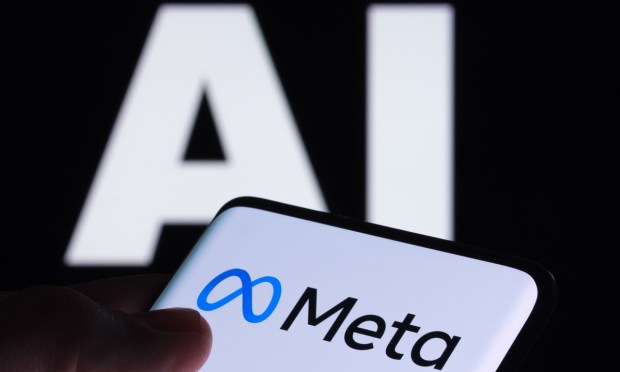
Meta is working on detecting content generated by artificial intelligence (AI), and identifying that content to its users.
In a Tuesday (Feb. 6) article by Meta’s President of Global Affairs Nick Clegg, the company addressed the challenge of distinguishing authentic content from AI-generated content and outlined its plans for the burgeoning technology.
Clegg said Meta is working with industry partners to establish common standards or signals in detecting AI-generated content.
“Being able to detect these signals will make it possible for us to label AI-generated images that users post to Facebook, Instagram and Threads,” Clegg said. “We’re building this capability now, and in the coming months we’ll start applying labels in all languages supported by each app.”
Clegg noted that Meta already labels content from its own generative AI tool, but aims to also label content produced from external sources such as Google, OpenAI, Microsoft, Adobe, Midjourney and Shutterstock.
“This work is especially important as this is likely to become an increasingly adversarial space in the years ahead,” Clegg said. “People and organizations that actively want to deceive people with AI-generated content will look for ways around safeguards that are put in place to detect it. Across our industry and society more generally, we’ll need to keep looking for ways to stay one step ahead.”
In December, Meta announced the testing of generative AI features across its social media platforms, including search, ads and business messaging.
Ahmad Al-Dahle, Meta’s vice president of generative AI, said at the time that the company is committed to building a better community, helping people express themselves and creating more useful products.
“That generally shows up in the metrics if we do a good job,” Al-Dahle said in the report. “We see more usage, positive feedback, people having a good time.”
Meta also expanded its image editing tool, Imagine, beyond chats to a website where users can create free images. To distinguish AI-generated images, Meta implemented invisible watermarking.